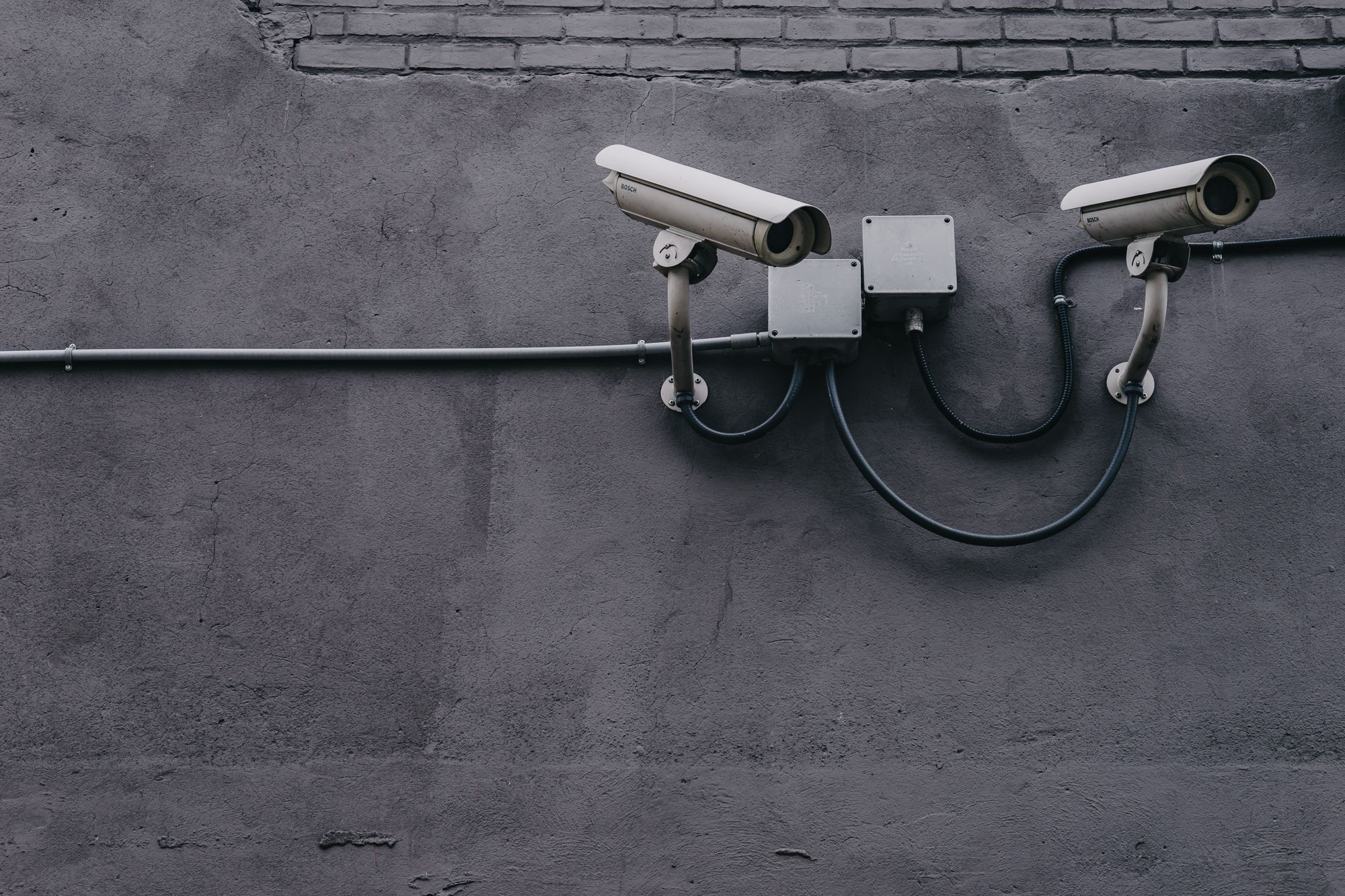Innovative Strategies for Inventory Management in Construction

In construction, each beam, bracket, and board counts. Time is money, and inventory missteps can derail both. This high-stakes world demands precision in the complex dance of logistics. To thrive, construction businesses must not just manage, but master the intricacies of inventory. Success is measured by the seamless flow of resources. The right material. The right place. The right time. Here are some smart strategies to transform inventory from a daunting challenge into a competitive edge.
Centralized vs. Decentralized Inventory Management

Centralized inventory management consolidates resources, providing a birds-eye view of assets and simplifying decision-making. It can result in economies of scale, saving costs on bulk purchases and reducing handling charges. Conversely, decentralized management adjusts stock for each site. It’s crucial to understand the impact of inventory valuation methods on cost and efficiency.
The strategic choice of using LIFO (Last In First Out) or FIFO (First In First Out) can affect financial reporting and tax liabilities, as well as how you manage stock rotation.
It's all about responsiveness—getting materials to the right place at a moment's notice. This ensures that project-specific demands are met without delay and reduces the risk of cross-site logistics complications. The right strategy depends on the size and scope of operations. Often a hybrid approach serves best, blending the strengths of both methods.
Just-In-Time Delivery to Maximize Efficiency
JIT systems epitomize lean inventory by syncing deliveries with construction schedules, which is especially beneficial in urban sites where storage space is at a premium. However, a meticulous level of planning and trust is required to maintain a responsive supply chain. Screw-ups can lead to out-of-stock situations so planning needs to be done not just in time but just right. Implementing JIT delivery is a delicate dance with dynamic complexity. JIT isn't just a practice; it's a ballet: when choreographed correctly across the supply chain, it can deliver unparalleled efficiency, cutting costs. It leads to significant reductions in holding costs and a boost in project cash flow.
Automated Inventory Tracking using Digital Technology

With automated tracking technology, inventory management transcends human limitations to achieve higher accuracy. These systems typically incorporate RFID tags, barcode scanners, and GPS tracking to monitor supplies across time and space. SKU management becomes a key to precision in inventory control, enhancing operational efficiency and reducing waste. Efficiency is increased when every SKU is accounted for—down to the last bolt and nail. Stock levels stay dynamically updated, ensuring timely reordering and efficient allocation of materials.
Regular Audits Ensure Accuracy and Accountability
Regular audits maintain the integrity of an inventory system, serving as a check against the digital record. Stringent auditing can uncover issues ranging from simple data entry errors to systemic problems in the supply chain, enabling firms to take corrective action swiftly. Audits are the unsung heroes of management, building a foundation of trust and transparency.
Safety Stock Management Means Balancing Risk
Reserve inventory serves as a buffer against the unexpected, protecting from spikes in demand or supply chain disruptions. This safety stock ensured that projects continue without delay even when unforeseen events occur. Striking the delicate balance between always having the right stock without wasting capital expenditures means analyzing historical data, understanding supply chain volatility, and using data analysis to predict project risk factors. When safety stock is implemented carefully and comprehensively, surprises are rare and inventory never runs out.
Supplier Relationship Management Beyond Transactions
Strong supplier relations are built through mutual respect, consistent communication, and fair dealing. These relationships can result in exclusive deals, priority service, and more flexible terms, which can be critical during times of scarcity or high demand. This is not so much a technological challenge but a human one, but tech applications can assist in building in reminders and templates for following up with suppliers and maintaining good relationships.
Waste Management and Material Forecasting Boost Sustainability and Profitability
Material forecasting goes hand-in-hand with waste management, serving the dual purposes of environmental stewardship and cost control. Forecasting demands mastery of data analytics, considering seasonal variations, market trends, and project histories. Waste management, meanwhile, is about optimizing material usage and incorporating recycling practices, demonstrating a commitment to sustainability that is increasingly valued and essential.
Multi-Site Coordination and Security Measures Protect Assets Across the Board

Managing inventory across multiple sites adds many layers of complexity. Each site has its unique situations and challenges. A centralized inventory system can be the linchpin for efficient multi-site coordination, enabling the transfer of stock between projects with ease and ensuring optimal utilization of every asset. Complementing this, robust security measures are essential to deter theft and safeguard materials. These concerns directly impact the bottom line, ensuring that what's bought is what's built.
The Role of Mobile Technology in Implementing Strategies
Advanced technology is at the heart of modern inventory management. Inventory management apps not only simplify the implementation of the strategies discussed but also bring a level of sophistication and analytics that manual methods cannot match. These days it’s not enough to manage inventory in the office or warehouse. Applications must be mobile, portable, and accessible at each site. With the right mobile app in hand, the modern construction project becomes a nexus of productivity. Mobile apps enable real-time tracking, predictive ordering, and centralized control, essential for builders facing complex, fast-paced project demands.
Embracing Innovation with BoxHero
Surveying the demanding terrain of construction inventory management, it becomes clear that strategic innovation is paramount. Precision and proactive planning are the prerequisites of success. In the crowded landscape of software solutions, BoxHero stands out as an all-in-one inventory management solution optimally suitable for the construction industry.
From leveraging JIT delivery to conducting audits with precision, from managing safety stock to strengthening supplier relations, BoxHero brings all aspects of inventory management together in one affordable cloud-based web and mobile app. Its comprehensive yet compact interface empowers firms to build with confidence and precision, supporting sustainability while driving profitability.
The BoxHero app helps users in every aspect of construction, in-office and on-site, to get the info and insight they need, when they need it. Innovative strategies pave the way for streamlined operations, so construction firms don’t just build to last but build to lead.


